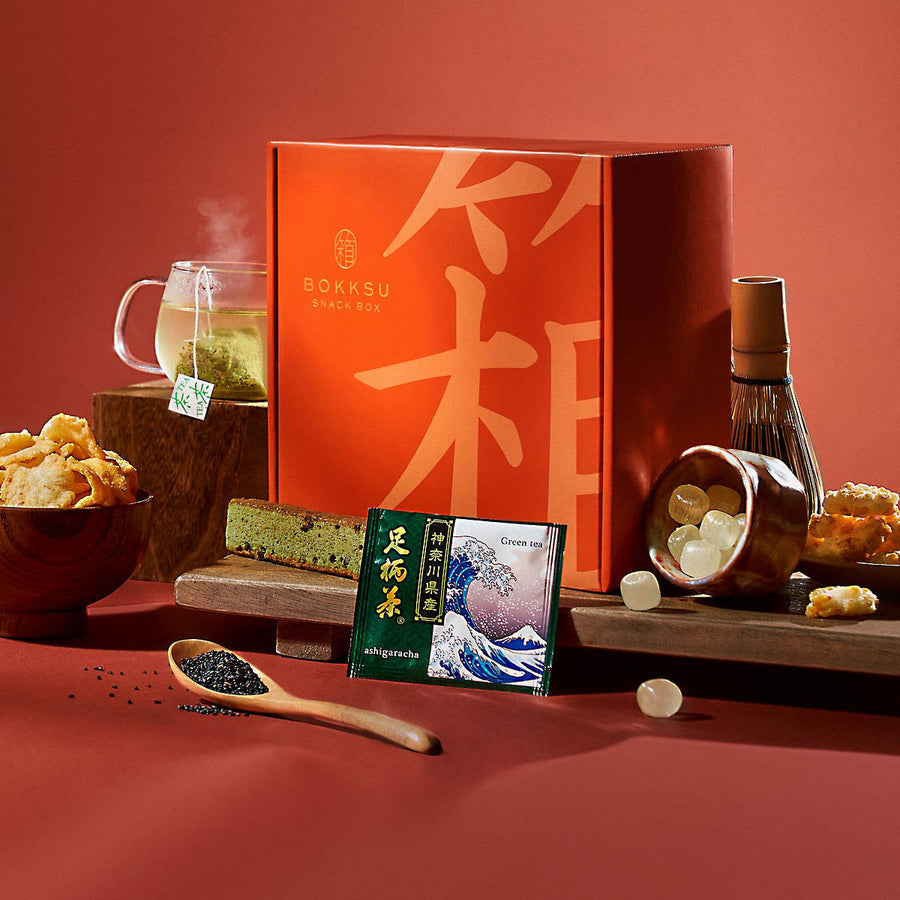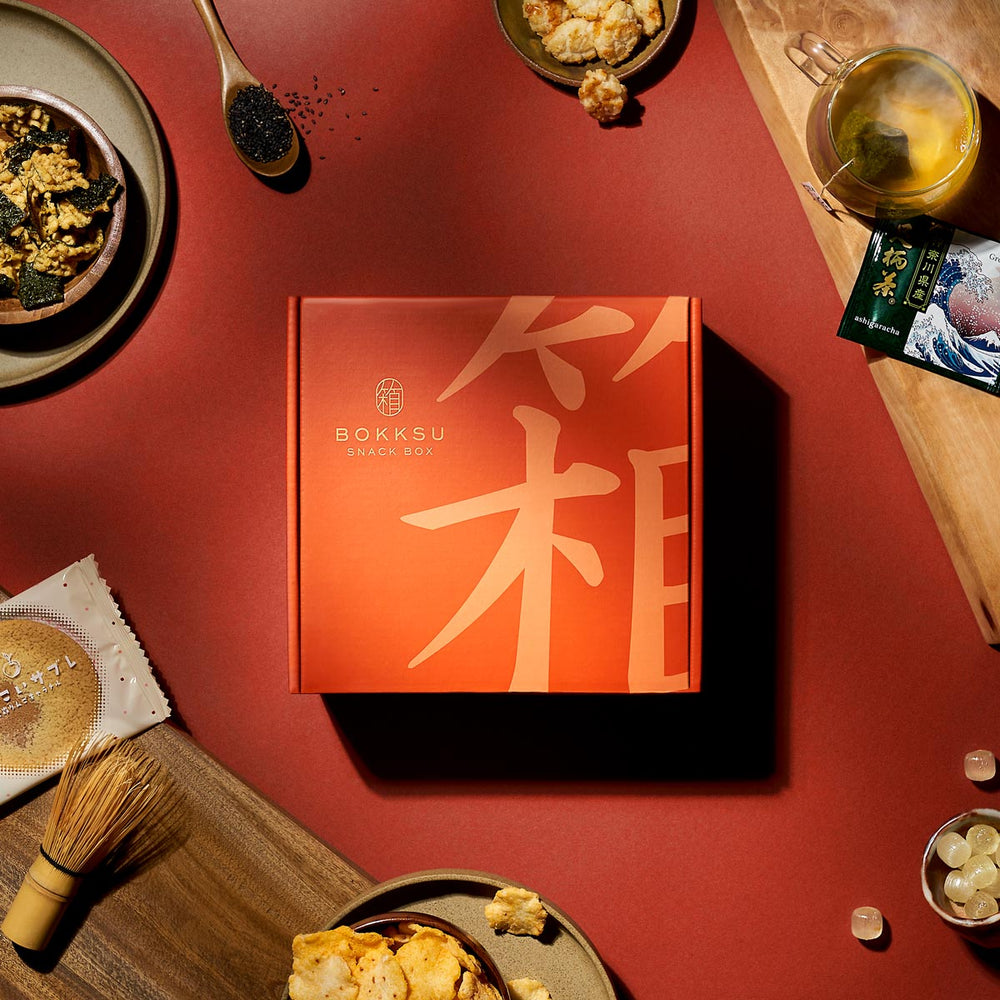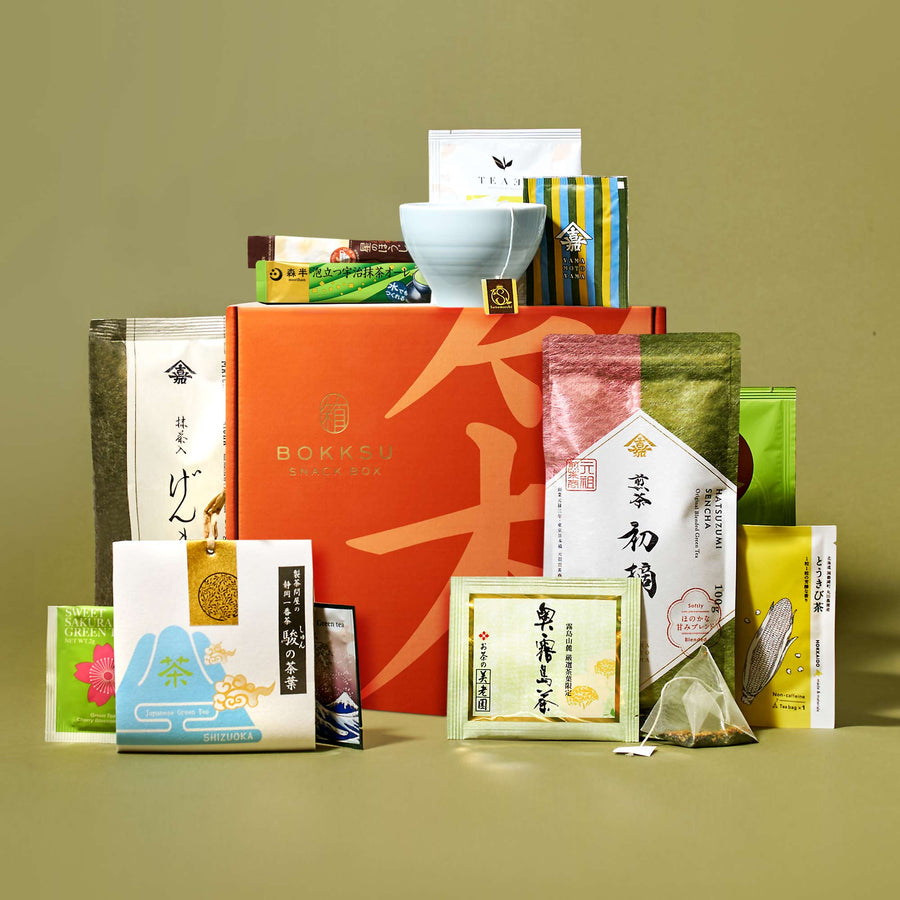A Walk Through History: Discovering Kyoto’s Imperial Palace
Introduction: Why the Kyoto Imperial Palace is a Must-See

Nestled within the tranquil expanse of Kyoto Imperial Park, the Kyoto Imperial Palace stands as a testament to Japan's rich history and cultural heritage. Once the emperor's residence for over a thousand years, this grand estate served as the political and cultural heart of the nation until the capital moved to Tokyo in 1869. Today, visitors can step back in time and explore the palace’s elegant halls, meticulously maintained gardens, and intricate architectural details, offering visitors a rare opportunity to experience the lavish life of the imperial court and the deep cultural traditions that have shaped the nation’s identity.
A Brief History of the Kyoto Imperial Palace

The Kyoto Imperial Palace has been at the heart of Japan's Imperial family for centuries, serving as the primary residence of emperors from the late 8th century until 1869. Originally established when Emperor Kanmu moved the capital to Kyoto in 794, the palace became the symbolic and political center of Japan for over a thousand years. Though the structure itself has been rebuilt multiple times due to fires, each reconstruction maintained the refined elegance of classical Japanese architecture, preserving its status as a cultural and historical treasure.
Throughout its history, the Kyoto Imperial Palace has witnessed significant events in Japan's political evolution, especially the Meiji Restoration. In 1868, Emperor Meiji issued the proclamation to restore imperial rule, marking the end of the Tokugawa shogunate and the beginning of modern Japan. This shift centralized political power under the emperor once more, leading to sweeping reforms that reshaped the nation. Today, the Imperial Household Agency manages the palace, preserving its cultural and historical importance for generations to come.
Imperial Rituals and Ceremonies: Traditions of the Past

The Kyoto Imperial Palace has long been the site of royal rituals that are integral to Japan's cultural and historical identity. For centuries, newly ascended emperors performed the enthronement ceremonies at the palace grounds, donning ceremonial robes and receiving the sacred imperial regalia as a symbol of their divine authority. These ceremonies, steeped in Shinto traditions, were designed to connect the emperor to the divine and reaffirm his role as Japan's spiritual and political leader.
The Kyoto Imperial Palace plays a central role in two of Kyoto’s three major festivals, both of which celebrate the city’s deep imperial traditions. One of the most renowned is the Aoi Matsuri (Hollyhock Festival), held annually on May 15th. This magnificent celebration begins at the former imperial palace, where hundreds of participants, dressed in elegant Heian-period attire, form a majestic procession to the Kamo Shrines, seeking divine blessings and protection from natural disasters. Another significant event is the Jidai Matsuri (Festival of the Ages), observed on October 22nd. This spectacular parade starts at the Kyoto Imperial Palace and makes its way to the Heian Shrine, featuring participants clad in historical costumes representing various historical periods, from the Heian era to the Meiji period.
In modern times, the Kyoto Imperial Palace Tea Party, hosted by Their Majesties the Emperor and Empress, carries on the tradition of imperial gatherings in a more intimate yet equally meaningful setting. This esteemed event welcomes guests from around the world, offering them a chance to experience Japan’s rich cultural heritage within the palace’s historic surroundings. Through such ceremonies and celebrations, the legacy of the imperial court is carefully preserved, allowing visitors to witness the timeless grace and enduring significance of the Kyoto Imperial Palace in Japan’s history.
Architecture and Design: A Look at Traditional Imperial Style

The Kyoto Imperial Palace is a masterpiece of traditional Japanese architecture, embodying the graceful refinement of the imperial court. Among its most significant structures is the Shishinden (Hall for State Ceremonies), the grandest and most important ceremonial building within the palace. Designed with a gabled and hipped roof, this grand building exemplifies classical Japanese aesthetics and served as the setting for enthronement ceremonies and other formal imperial events. The hall is framed by meaningful symbolic elements: a cherry tree on the left (eastern) side and a tachibana orange tree on the right (western) side, each tree symbolizing the dual nature of the emperor’s role.
The palace’s architecture extends to spaces of intellectual and political significance, such as the Ogakumonjo (Imperial Study). Built in the shoin-zukuri style, this study hall features a Japanese hip-and-gable roof, a distinct architectural element that enhances its stately appearance. It served as a retreat where emperors immersed themselves in scholarly pursuits, poetry, and the arts. Equally significant is the Kogosho (Court Room), where aristocrats and high-ranking officials gathered for pivotal discussions and formal meetings. Connecting these grand halls and chambers are wooden corridors and intricately painted screen doors, such as the Shodaibunoma screen door featuring dynamic tiger scenes in the Tora-no-ma room.
Strolling Through Kyoto Gyoen: The Palace Park and Its Surroundings

The Kyoto Imperial Palace Park (Kyoto Gyoen) stands as the city's largest park, offering a peaceful sanctuary for all who seek a respite from urban life. Spanning a vast expanse, the park is home to beautiful gardens, winding walking paths, and an ever-changing display of seasonal blooms, making it a perfect spot for nature lovers and city dwellers alike. Popular with runners, couples, and picnickers, the park provides an inviting space to relax, unwind, or enjoy a leisurely stroll.
The Imperial Gardens: A Seasonal Showcase of Nature and Harmony

The Kyoto Gyoen National Garden is a stunning reflection of Japanese garden design. Officially designated as a national garden in 1949, this beautifully maintained space surrounds both the Kyoto Imperial Palace and the Kyoto Sento Imperial Palace. Covering an expansive 65 hectares, the gardens are thoughtfully designed with tranquil ponds, graceful stone bridges, and winding pathways that encourage quiet reflection. Each season brings its own natural beauty—plum blossoms herald the arrival of early spring, while later in the season, the landscape transforms as 1,100 cherry trees, including elegant weeping cherry varieties, bloom in a stunning display of pink and white.
How to Visit: Tour Information and Tips for Visitors

Visiting the Kyoto Imperial Palace is a simple and rewarding experience, with easy access from Kyoto Station, the city's main transportation hub. From Kyoto Station, take a short bus ride or a 15-minute walk to reach the palace grounds. The entrance to the Kyoto Imperial Palace grounds is free, making it an accessible and inviting destination for all visitors. For those interested in a deeper understanding of the site, free guided tours in English are available twice daily, except on Sundays, Mondays, and national holidays. These tours, led by knowledgeable guides, provide fascinating insights into the palace’s history, architecture, and imperial traditions. The best times to visit are during the spring and autumn months when the gardens burst into color, creating a breathtaking seasonal backdrop.
Cultural Etiquette: Visiting with Respect

When visiting Kyoto Imperial Palace Park, it’s important to observe cultural etiquette to show respect for the historical site. Visitors should maintain a quiet and respectful demeanor, especially in sacred or ceremonial areas, as this was once the residence of Japan’s imperial family. While there is no strict dress code, it's recommended to wear comfortable yet respectful clothing, especially when visiting sacred spaces or participating in guided tours. Though the park is open to the public, certain areas within the palace grounds remain off-limits, so it's important to follow signage and respect boundaries. Avoid touching historic structures, artifacts, or garden features, and always stay on designated paths to help preserve the site's beauty. By showing this level of consideration, visitors contribute and help preserve the tranquility of the palace grounds.
Nearby Attractions: What Else to See Around Kyoto Gyoen

A visit to the Kyoto Imperial Palace presents the perfect opportunity to explore nearby cultural treasures. Just a short distance away, Shokoku-ji Temple stands as one of Kyoto's most significant Buddhist temples, known for its serene atmosphere and stunning historical architecture. For those seeking a deeper connection to Kyoto’s spiritual heritage, Shimogamo-jinja, a UNESCO World Heritage site, is among Japan’s oldest and most revered Shinto shrines. Nestled within a lush forest, its ancient structures and sacred grounds offer a serene escape into Kyoto’s spiritual beliefs. Visitors fascinated by Japan’s rich textile traditions hould not miss the Nishijin Textile Center in the nearby Nishijin district. This historic area, northwest of Kyoto Imperial Palace Park, has long been the heart of Kyoto’s textile-making industry, where visitors can admire intricate kimono fabrics and watch skilled artisans at work inside traditional machiya townhouses.
For a more authentic Kyoto experience, visitors can stroll through the neighborhood’s charming streets and stop by one of the many traditional tea houses that line the area. These quaint spots offer a taste of Kyoto’s centuries-old tea culture, where one can enjoy a cup of matcha while soaking in the peaceful ambiance. History buffs will also find the Kyoto National Museum a fascinating destination, offering a comprehensive look at Japan’s artistic and cultural legacy through its remarkable collection of historical artifacts.
Conclusion: Preserving the Majesty of Kyoto’s Imperial Past

The Kyoto Imperial Palace stands as a timeless symbol of Japan’s imperial history, offering a peaceful retreat into the nation’s rich cultural heritage. From its grand ceremonial halls to its tranquil gardens, every corner of the palace offers a glimpse into the refined world of the imperial court. As one of Kyoto’s most treasured destinations, it continues to inspire awe and reverence, making it a must-visit for anyone eager to uncover the soul of Japan’s ancient capital.
Just as the palace grounds celebrate the harmony of nature and tradition, Bokksu Boutique delivers the flavors and craftsmanship of Japan straight to your doorstep. From seasonal treats to artisanal delights, with Bokksu Boutique, you can enjoy the finest gifts of Japan, no matter where you are in the world.








































